Japanese Tree Pruning Techniques
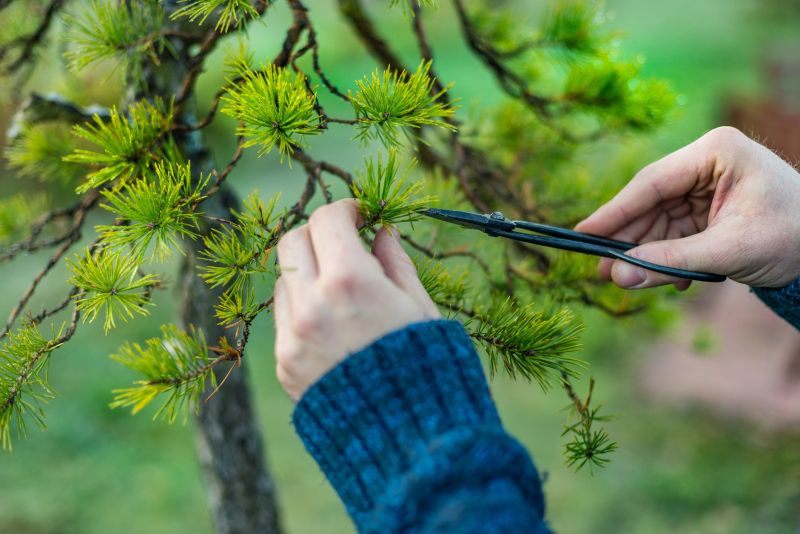
Spring is an ideal time for pruning Japanese trees before new growth begins, promoting healthy development.
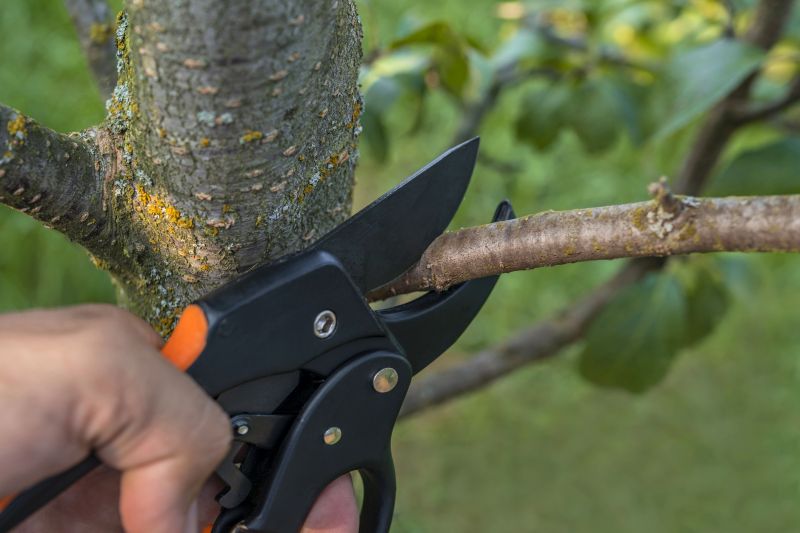
Late winter allows for pruning when trees are dormant, reducing stress and encouraging vigorous growth.
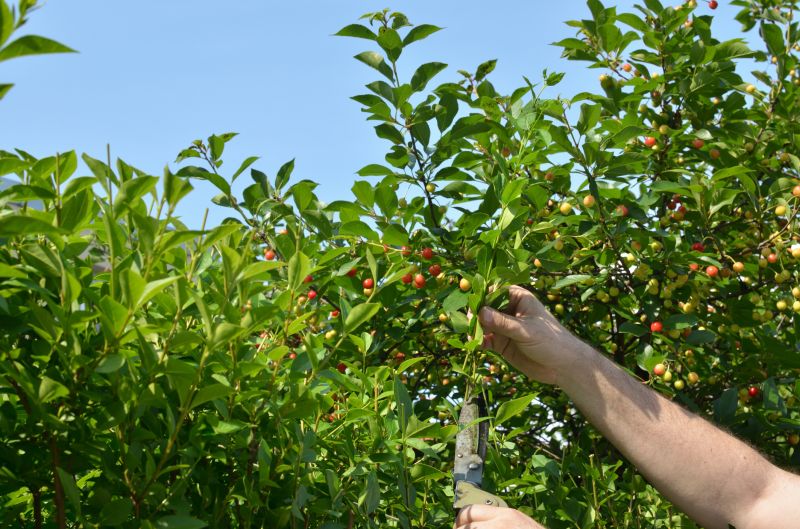
Early summer pruning can shape trees and remove dead or diseased branches without disrupting growth cycles.

Ways to make Japanese Tree Prunings work in tight or awkward layouts.

Popular materials for Japanese Tree Prunings and why they hold up over time.
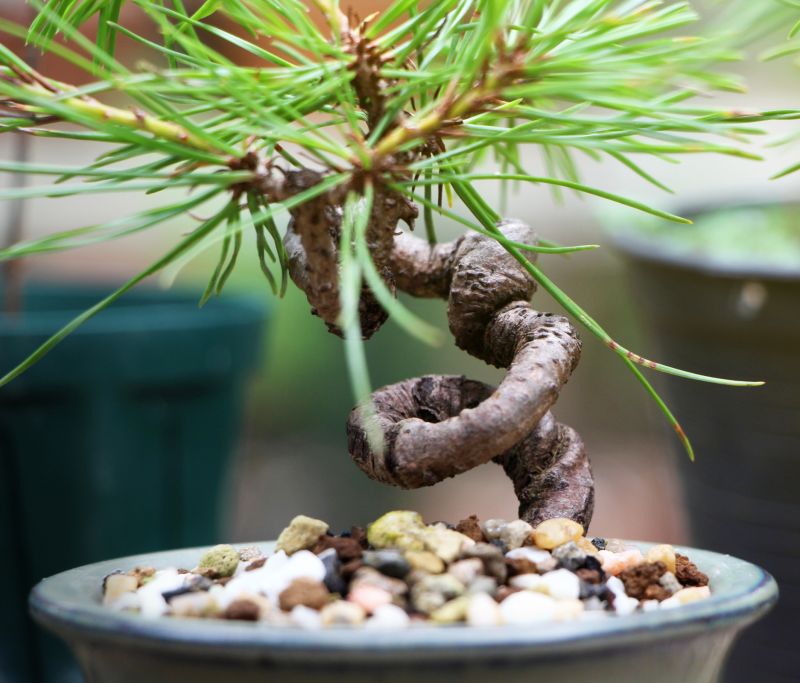
Simple add-ons that improve Japanese Tree Prunings without blowing the budget.
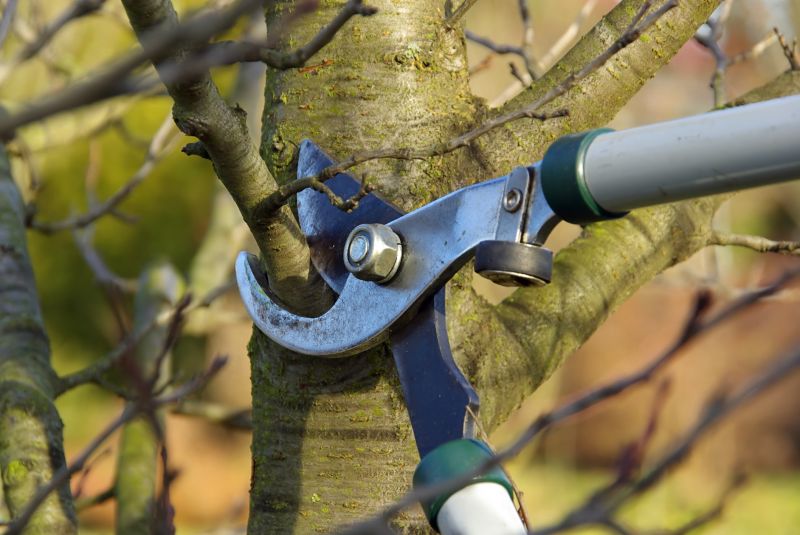
High-end options that actually feel worth it for Japanese Tree Prunings.

Finishes and colors that play nicely with Japanese Tree Prunings.
Japanese tree pruning is a horticultural practice focused on maintaining the aesthetic and health of Japanese-style trees. It involves precise cutting techniques to shape the branches and promote balanced growth. Proper timing is essential to ensure the health of the trees and to achieve desired visual effects.
Japanese trees typically have distinct growth cycles, with pruning best suited during dormancy or early growth phases.
Pruning at the correct time minimizes stress and encourages strong, healthy new growth.
Techniques vary based on season and tree species, including thinning, heading, and wiring.
Timely pruning enhances tree structure, improves flowering, and maintains aesthetic appeal.
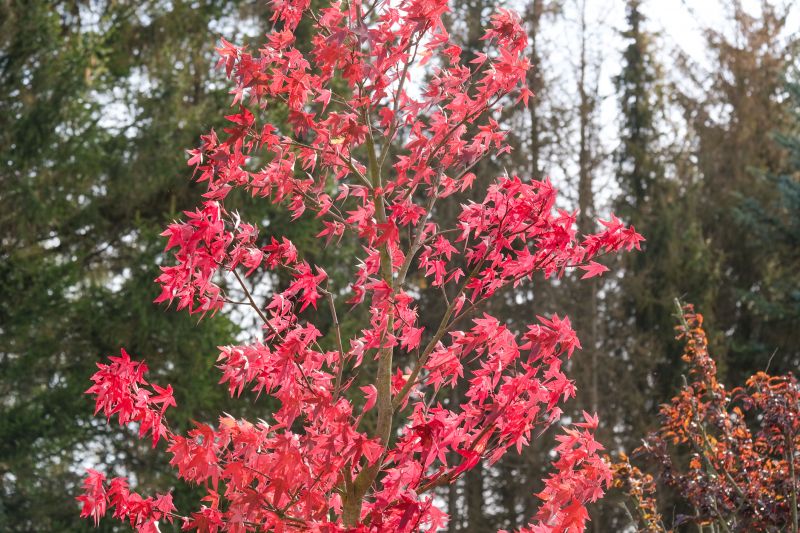
Pruned in late winter for optimal shape and health.
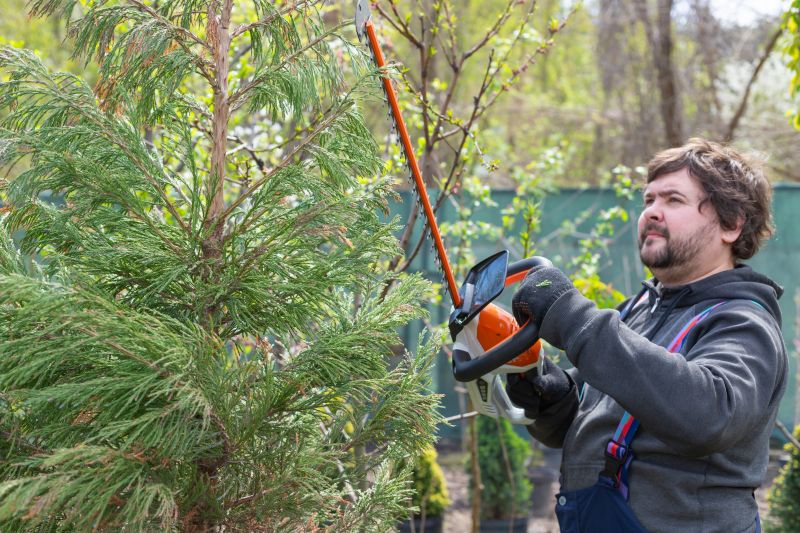
Best done in early summer to maintain form.
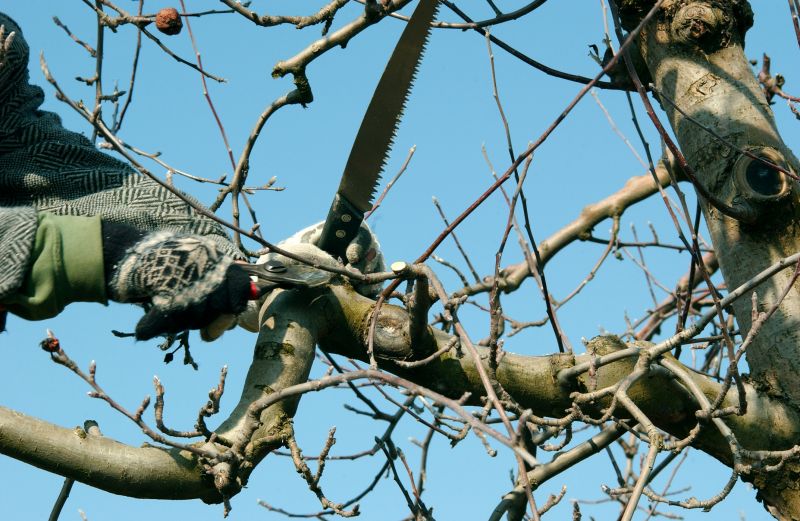
Use sharp, clean tools for precise cuts during the dormant season.

Remove dead or diseased branches during late winter.
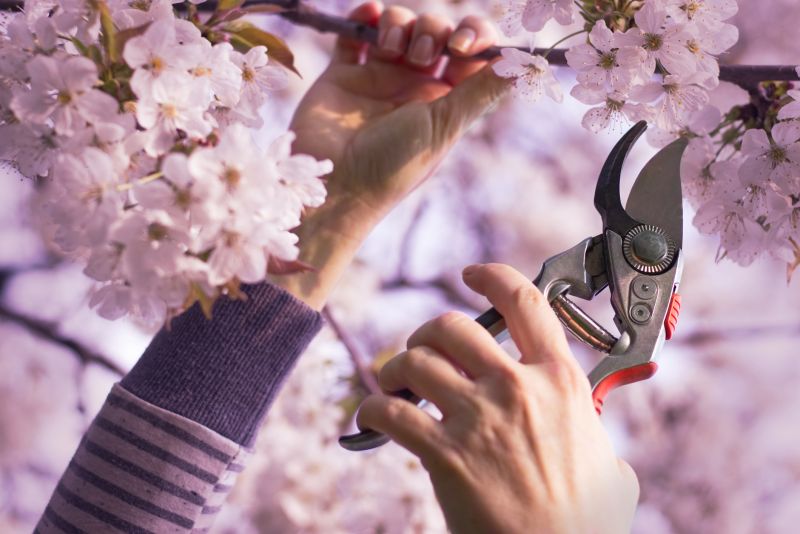
Shape trees in spring for flowering enhancement.
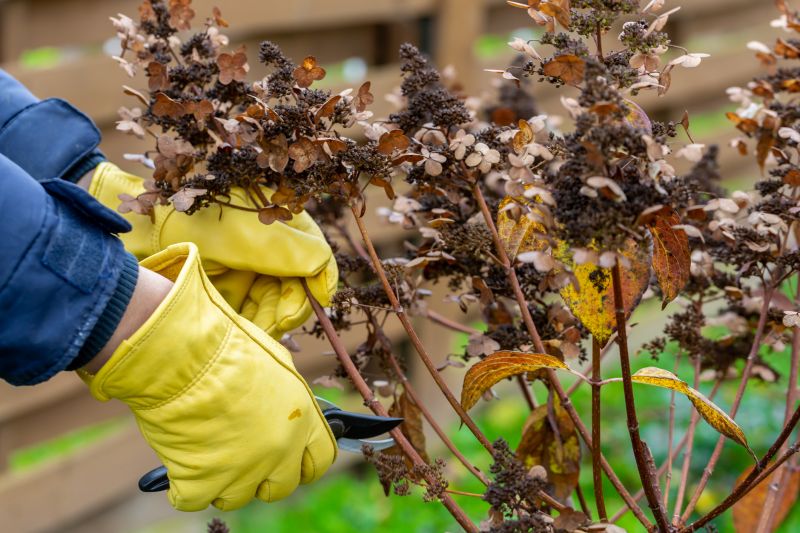
Pruning during dormancy reduces stress and disease risk.

Light pruning in early summer supports growth and design.

Timing pruning to encourage new shoots.
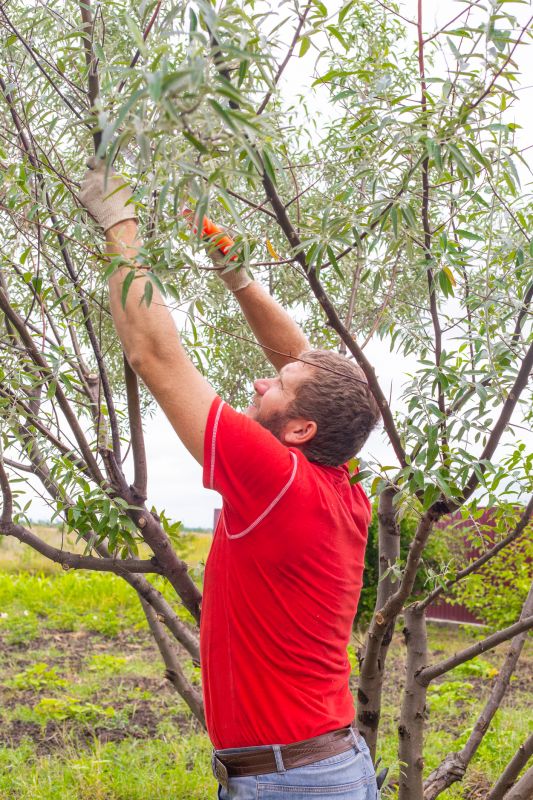
Understanding tree-specific growth helps in planning pruning.

Establish a seasonal schedule based on species and climate.
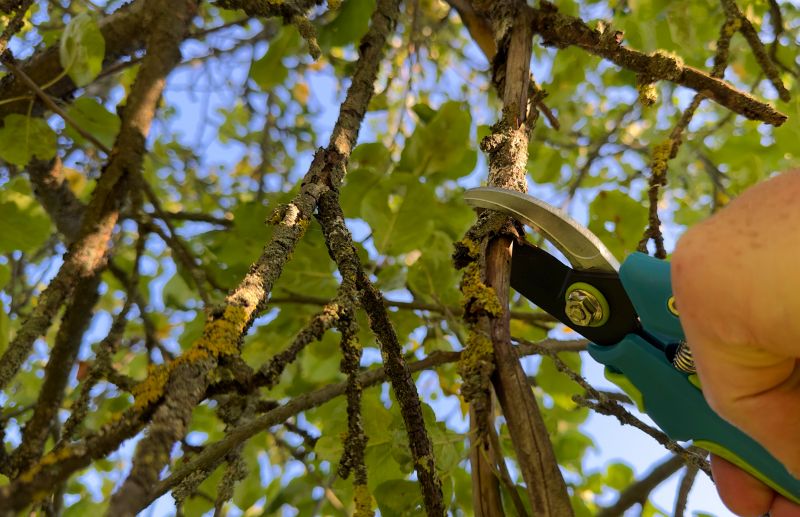
Regular inspections guide optimal pruning times.
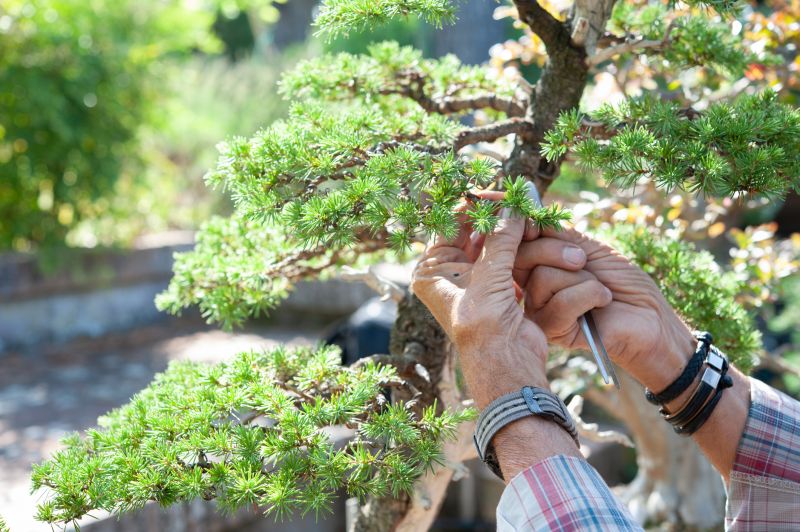
Prune to maintain symmetry and natural form.
| Season | Recommended Pruning Activity |
|---|---|
| Late Winter | Dormant pruning to remove dead or diseased branches |
| Spring | Shaping and encouraging flowering growth |
| Early Summer | Light maintenance and shaping |
| Late Summer | Removing excess growth to maintain form |
| Autumn | Minimal pruning, focus on health checks |
Japanese tree pruning requires understanding of seasonal growth cycles and appropriate techniques. Proper timing ensures healthy development, preserves aesthetic qualities, and reduces the risk of disease. Whether pruning for shape, health, or flowering, selecting the correct season is essential for optimal results.
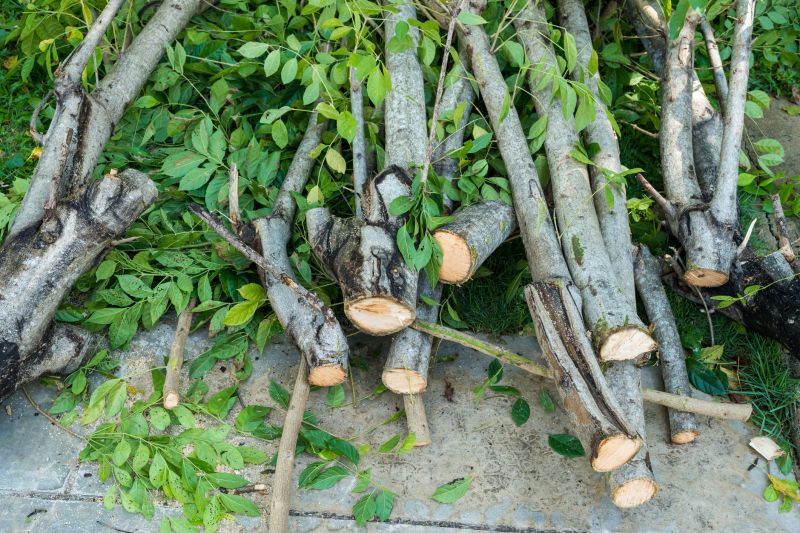
Showcasing the clean cuts made during dormancy.

Trees being shaped in early spring.
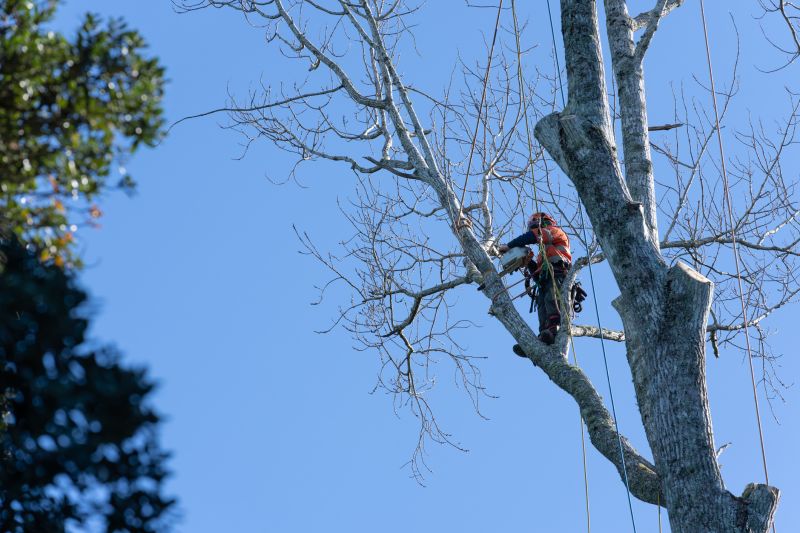
Pruning during winter dormancy.
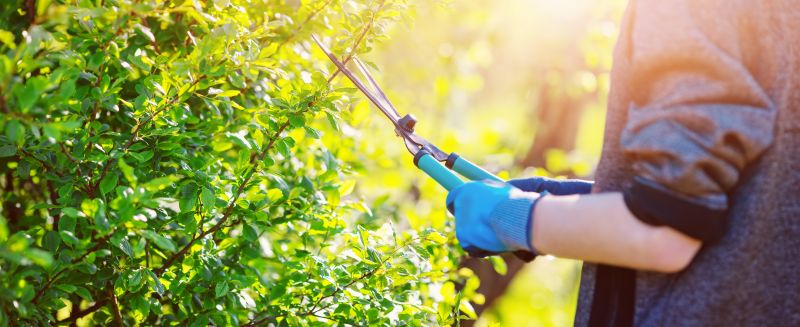
Light trimming for maintenance.

Little measurements that prevent headaches on Japanese Tree Prunings day.

A 60-second routine that keeps Japanese Tree Prunings looking new.

A frequent mistake in Japanese Tree Prunings and how to dodge it.
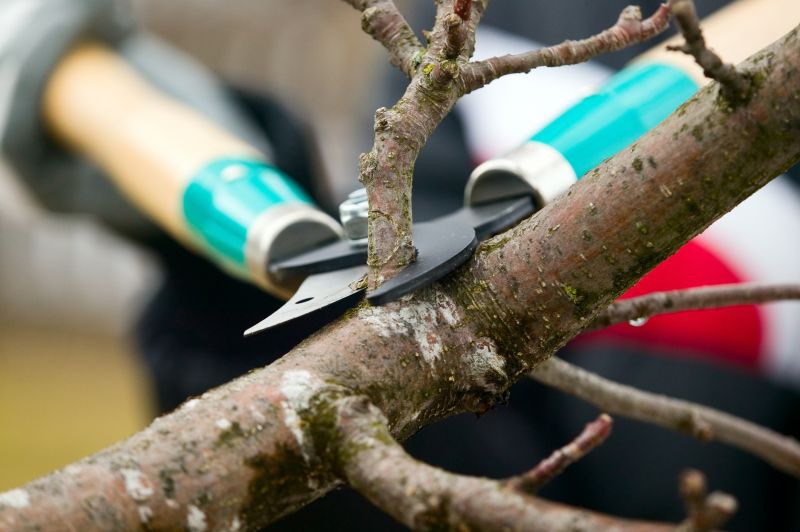
Small tweaks to make Japanese Tree Prunings safer and easier to use.
Interested in Japanese tree pruning services? Filling out the contact form provides an opportunity to discuss specific needs and scheduling options for maintaining healthy, aesthetically pleasing trees.



